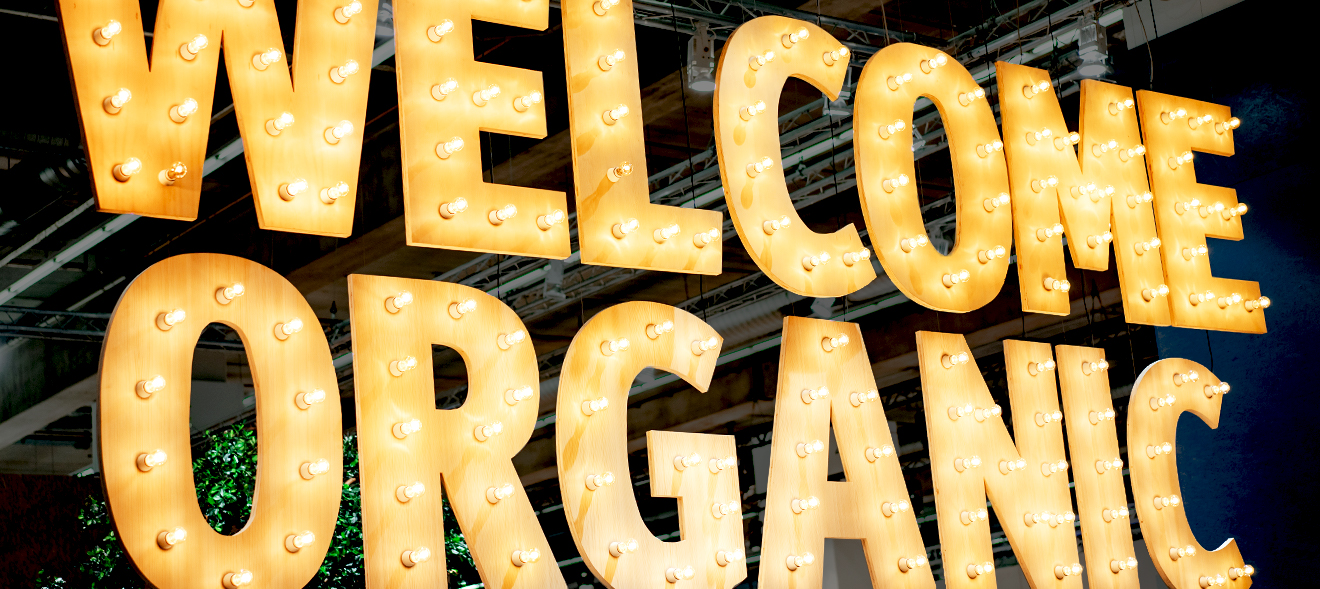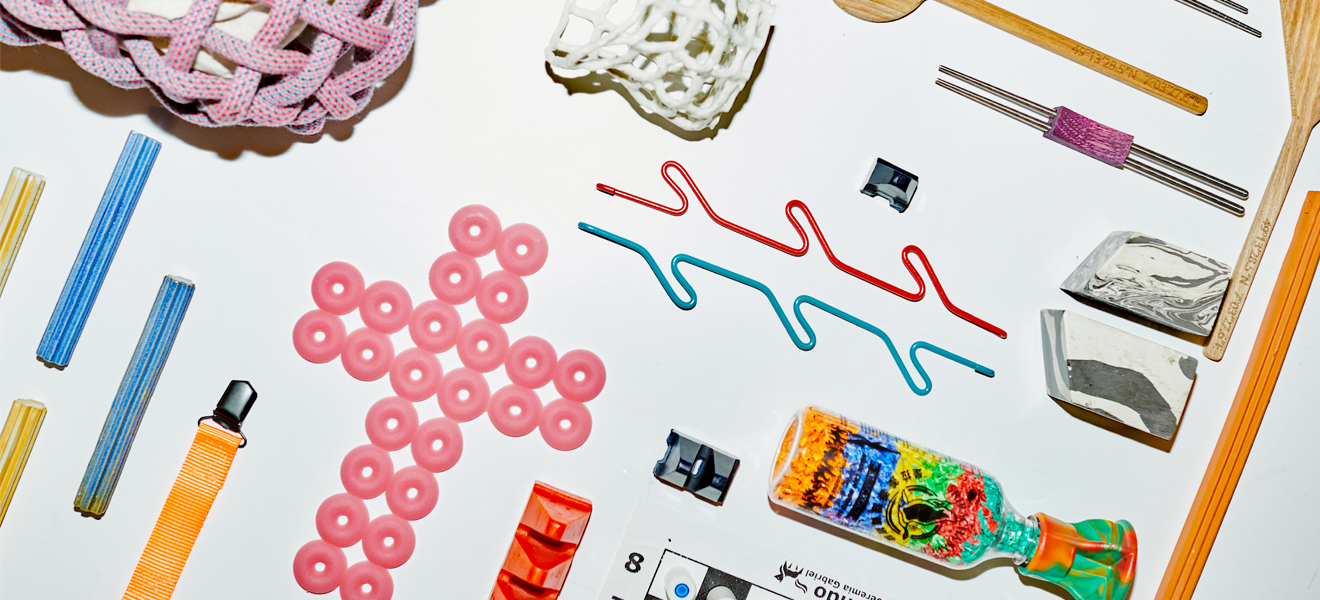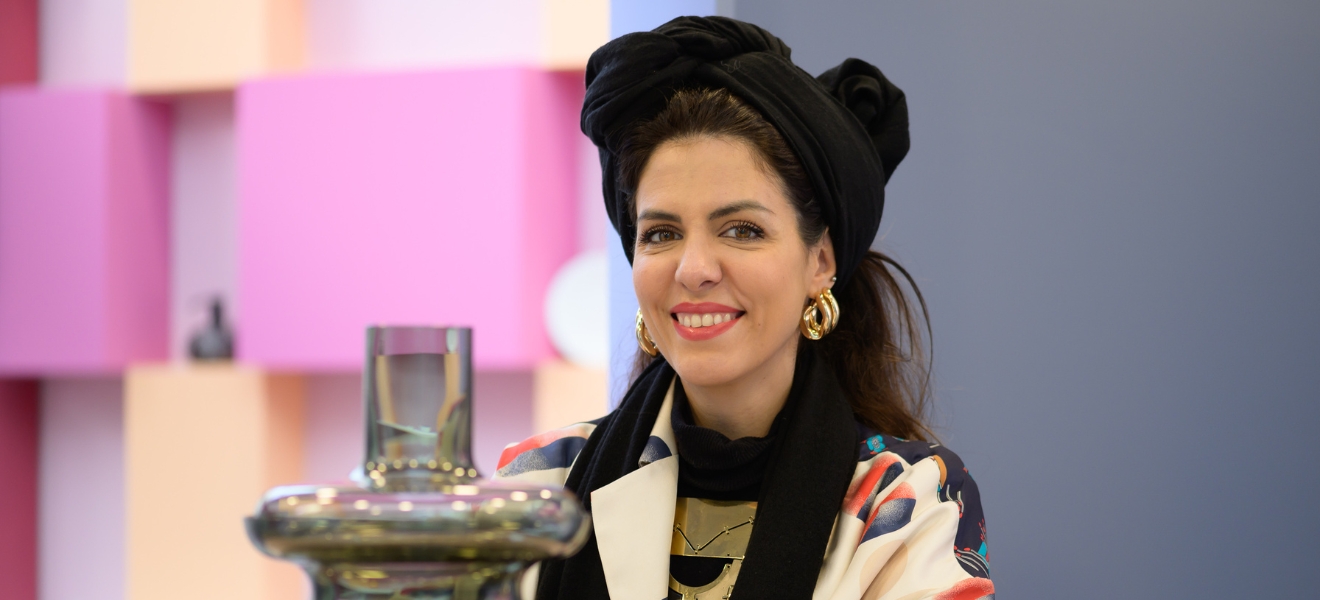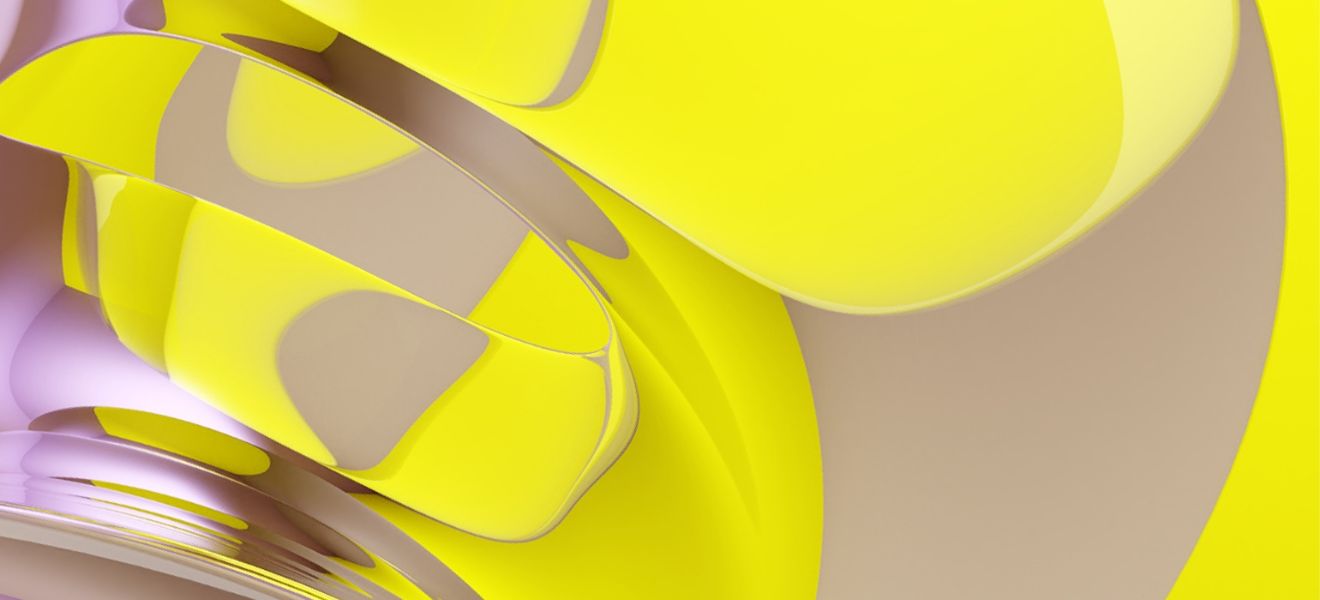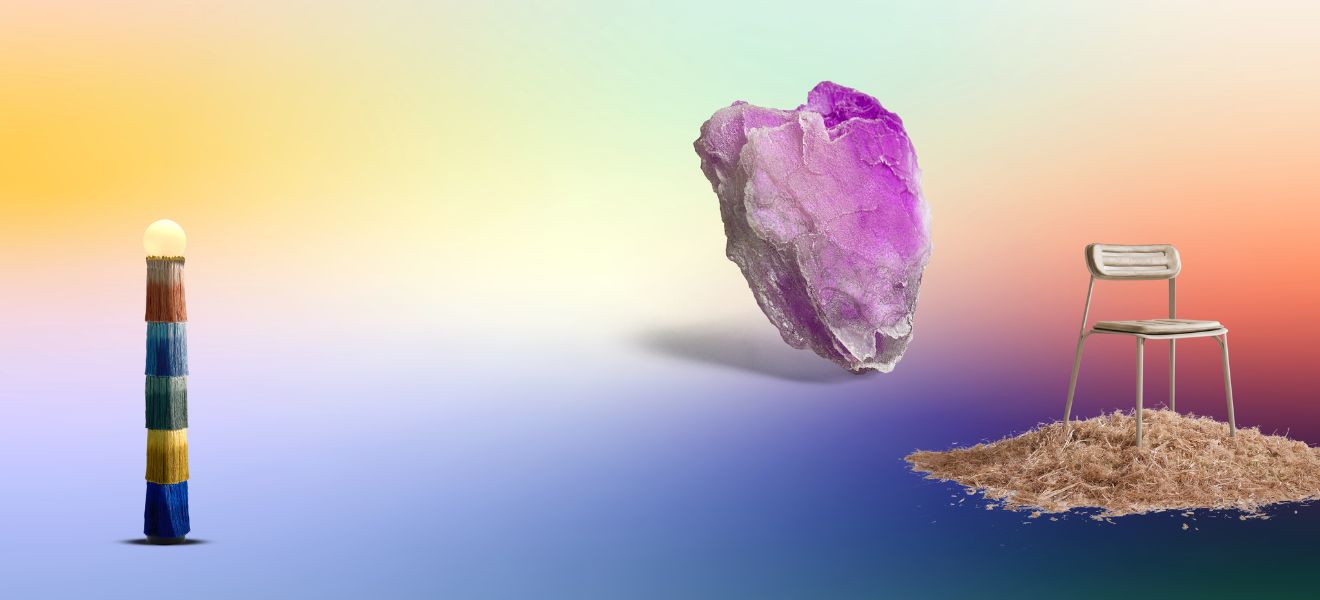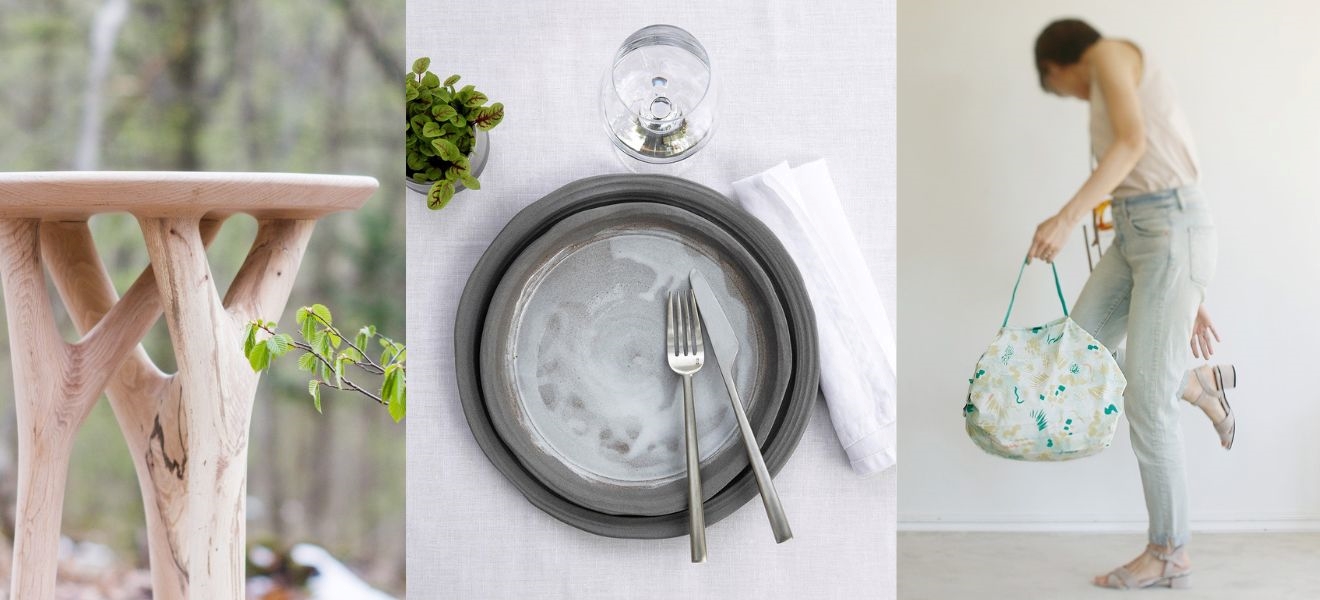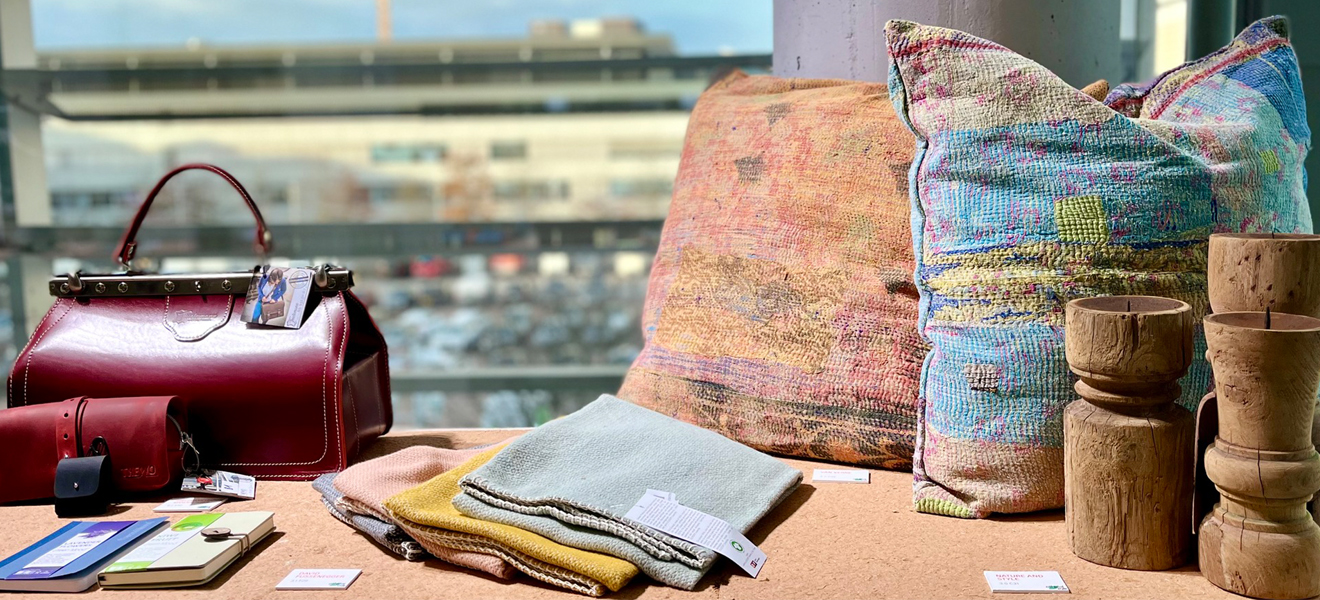Now more than ever, the issue of sustainability is making waves. With sustainability and a more aesthetic approach increasingly informing our everyday lives, how can manufacturers both large and small address this theme and seek solutions? SoLebIch founder Nicole Maalouf looked round Ambiente 2020 for us with this in mind.
Organic products, ethical style and recyclability are today’s key concepts. In the past, sustainable products were often purely functional – but now design and environmental awareness aren’t mutually exclusive. Sustainability is becoming more and more mainstream, a very natural part of our everyday lives.


To go – sustainable takeaways
It’s a long time since sustainability was something you only did at home. Now we also expect to avoid plastic when we’re on the go. Take these elegant compostable takeaway items by cookplay, or the dishwasher-proof tableware from Japanese manufacturer Ideaco, made partly from bamboo. On the surface the delicate plates and bowls might look like they’re made from paper, but in fact you can reuse them for your next picnic. Ekobo also designs environmentally friendly products for the modern home, providing a lasting alternative to conventional, often easily breakable plastic or other disposable dishes. Enamelled products are also experiencing a revival. We all recognise the classic white tin cup with a blue rim, but lately some look more contemporary – like the marbled creations from Bornn.


I noticed that, alongside small niche brands, major manufacturers are expanding their ranges to include sustainable products. This is very important because involving industry is the only way to ensure sustainable products are on the market in large numbers. I love that Stelton, Eva Solo and Design Letters offer many, joyfully bright reusable ‘keep cups’. Some travel mugs even feature slogans or small mirrors on the lids.





Japanese label Kinto makes products to suit fans of more muted shades. And the manufacturer Kahla offers a somewhat surprising porcelain range called ‘Snack it’, reinterpreting the rubber seal more commonly seen on jars of jam and pickles. Fresh, on-trend colours turn these products into everyday favourites. Koziol has its own ORGANIC collection: the recyclable material used is made from cellulose fibres and thermoplastics. Rig Tig is a Danish brand specialising in kitchen utensils, and has adopted the idea of the circular economy. All their products can be broken down into their individual parts and recycled.



Pretty sustainable – stuff for the home
There’s no hiding a growing aesthetic approach to everyday objects. We want our surroundings to look as good as possible. At the same time, these products are expected to be sustainable and compatible with both humans and the natural world. At Ambiente I discovered many items which meet both requirements, such as brushes by Normann Copenhagen or cleaning and laundry product packages from Humdakin. Labels like Humdakin and The Organic Company, both from Denmark, have made sustainability their speciality: their textiles are GOTS and OEKO-TEX certified. Even the classic Margrethe mixing bowl by Danish brand Rosti, conventionally in plastic, is also available in metal. Washable plant fibres form the basis for the range of ‘paper’ bags by Italian company Uashmama, which can be used as kitchen baskets. These are available in many beautiful colours, so there’s something for everyone.
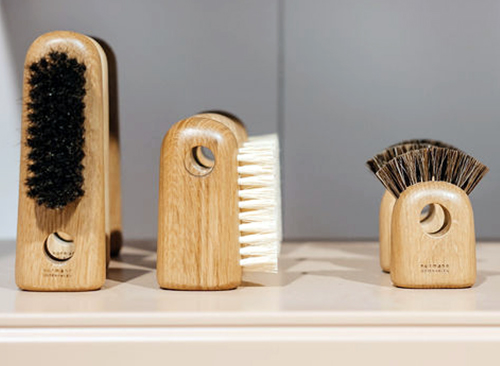




Sustainably different: upcycling and recycling
So often, we buy things, only to throw them away soon afterwards: It’s a cycle we need to break – and many firms are working on it. A company called ‘side by side’ has created its new collections in collaboration with young designers and workshops for people with disabilities. For example, it upcycles old glass bottles into containers for self-watering plants; it also offers a repair service.

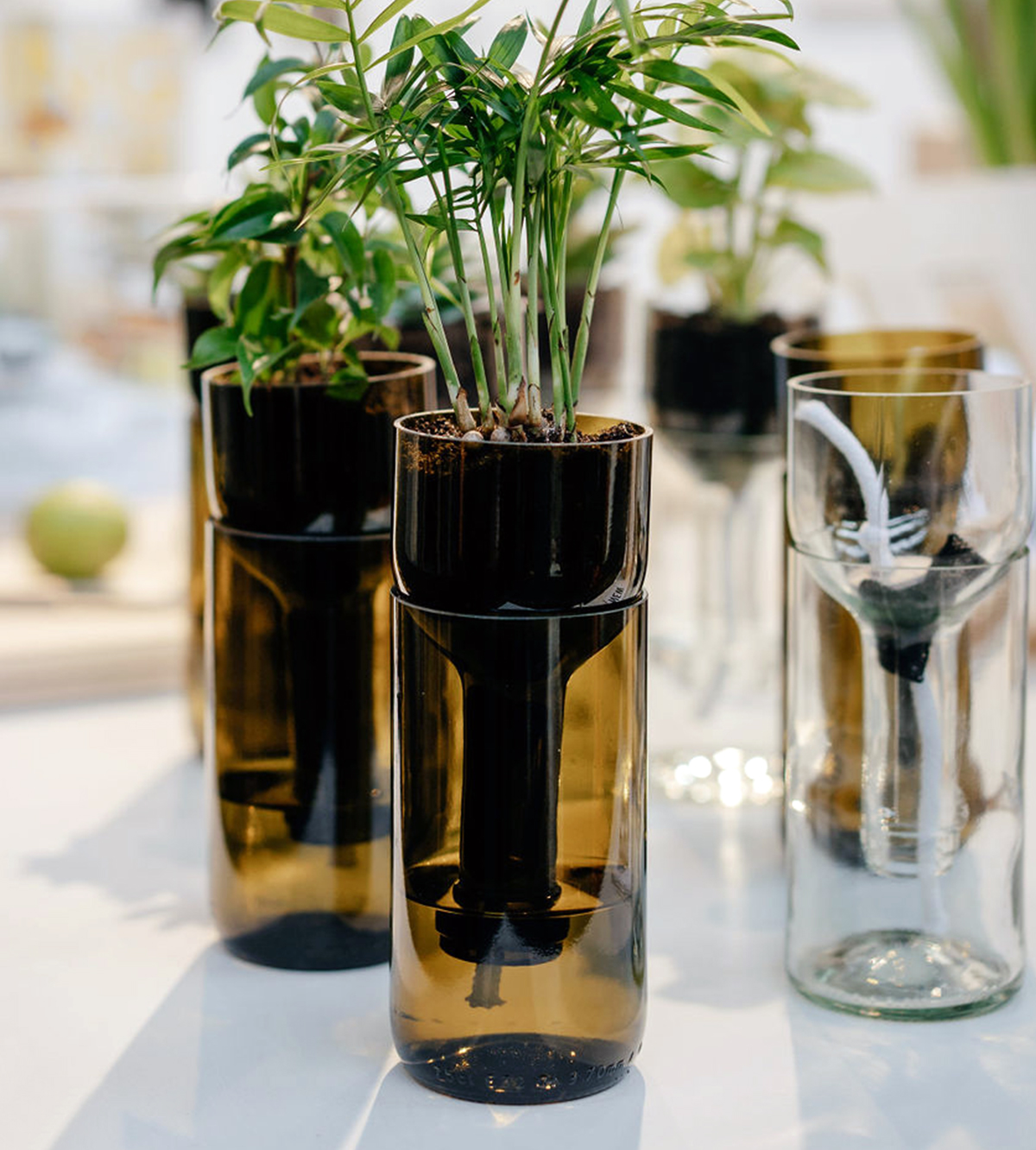
Since 2014, designer Hedwig Bouley has switched completely to upcycling. For her label LPJ, she collects and reuses quality offcuts and leftover fabrics from the fashion industry. From the moment I saw them, these unique designer pieces have been close to my heart. I particularly loved the blankets made from silk, cashmere and linen assembled from luxurious scraps (samples for fashion manufacturers). Many producers are also taking recycling to heart: Portugal’s 3DCork turns recycled materials into attractive everyday products such as dishes, trays and containers. The Swedish family company Klippan and Danish manufacturer Elvang use up to 80% recycled wool for some of their collections. Finnish label Gedigo uses wild elk leather and vegetal tanned leather and shows that sustainability can look timelessly aesthetic. Here, a minimalist-look ‘gymnastics bar’ is suspended on the softest leather straps.

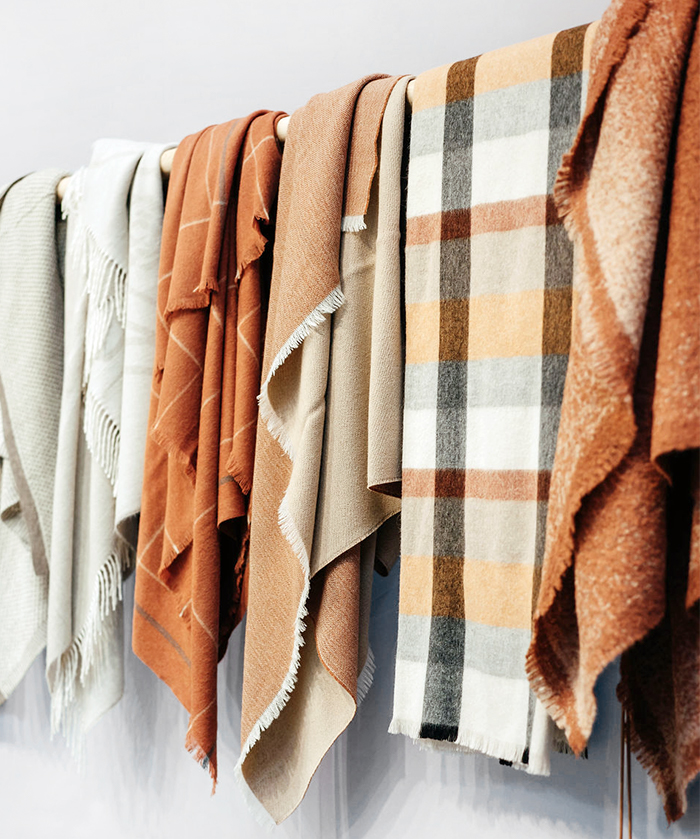
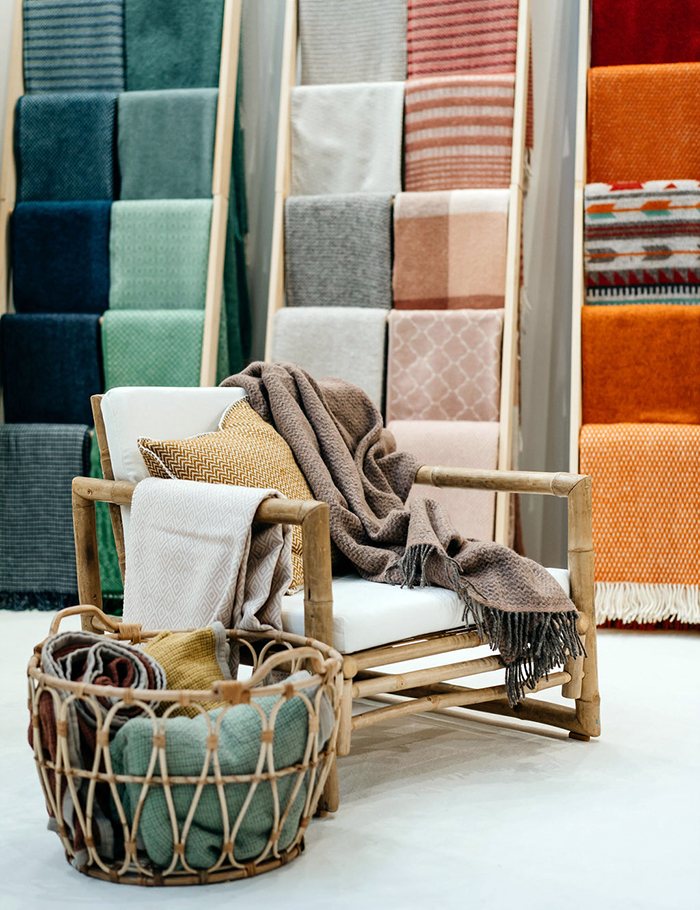
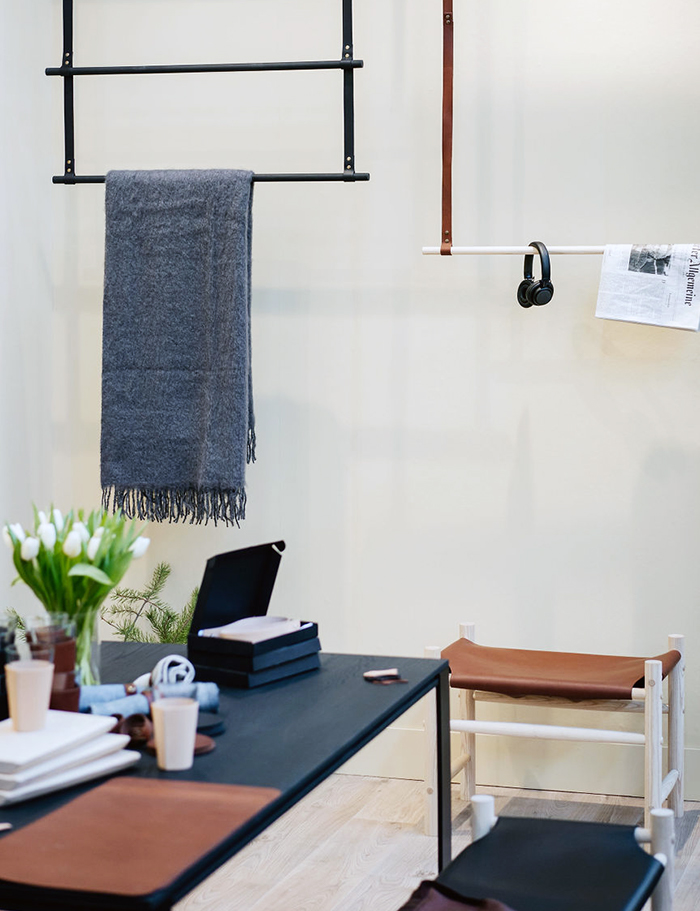
I found so many ideas for everyday life at Ambiente 2020, it’s clear that many producers have taken on board sustainability and fair manufacturing. The trade fair itself takes the issue seriously and has issued a guide entitled Ethical Style. It indicates stands and companies that pay particular attention to their production methods and are committed to ethical and social values.
It may not exactly be news that everyone’s talking about sustainability, but such a complex topic can sometimes seem overwhelming. However, this year’s Ambiente made it abundantly clear we can all do small things to make a change, and – crucially – that sustainability really can be aesthetically pleasing.
If you’d like to see more impressions from Ambiente, visit SoLebIch.de
Photos: Ben Janzen
